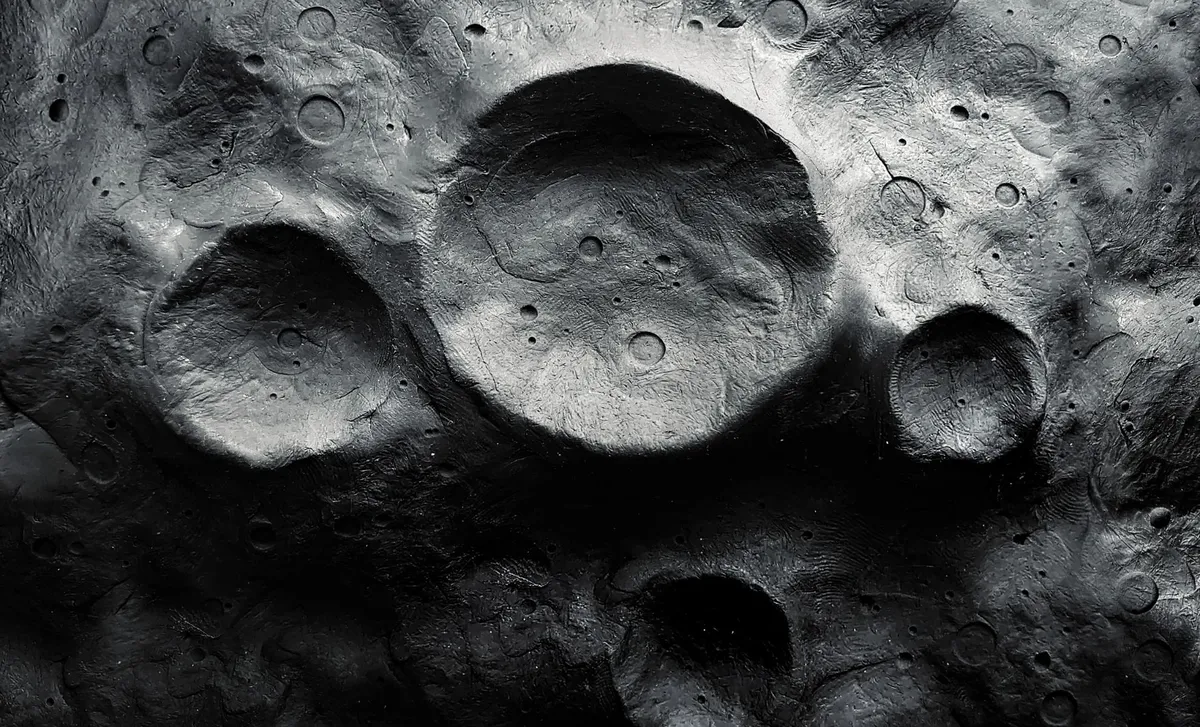
A large asteroid that was once thought to pose the greatest risk to Earth has shifted its trajectory, potentially targeting the moon instead. Known as asteroid 2024 YR4, this celestial object has captured the attention of the astronomy community due to its evolving path, raising critical questions about the implications of a lunar impact on both lunar infrastructure and satellites orbiting Earth.
Discovered in late 2024, asteroid 2024 YR4 initially presented a concerning scenario as it seemed to be on a collision course with Earth. By February 2025, astronomers calculated a peak impact probability of 3.1%, marking it as the highest risk level ever recorded for an asteroid. However, with ongoing observations from both ground and space-based telescopes, scientists refined its orbital trajectory, ultimately ruling out any direct threat to Earth by early June 2025.
While Earth is no longer at risk, the moon might not be as fortunate. Recent NASA data indicates that the probability of impact on the lunar surface has now increased to 4.3% for late 2032. Although this chance remains low, it is significant enough to prompt astronomers to explore the scientific and logistical implications of a potential lunar collision.
If the 60-meter-wide asteroid, comparable in size to a building, were to collide with the moon, scientists anticipate a massive explosion, releasing energy akin to a regional disaster. Dr. Paul Wiegert, a physicist at Western University in Ontario, predicts that the impact could create a crater approximately one kilometer wide, reminiscent of Arizona's Meteor Crater. This event would represent the largest lunar impact in 5,000 years.
Beyond the spectacular visuals of a lunar explosion, this impact could eject an estimated 100 million kilograms of lunar debris into space. Some of this debris, which may include tiny particles similar in size to grains of sand, could journey toward Earth, potentially creating a brilliant meteor shower visible to the naked eye weeks or months after the impact, according to Wiegert. While these particles would not pose a danger to people on Earth due to our atmosphere, they could threaten satellites in low-Earth orbit.
“Even sugar cube-sized particles, traveling faster than a speeding bullet, could damage sensitive satellite components,” Wiegert warns. This situation could lead to satellite fleets experiencing the equivalent of ten years' worth of debris exposure in just a matter of days, jeopardizing vital systems for communication, navigation, and Earth observation.
The potential for a lunar impact also raises significant concerns for astronauts and equipment stationed on the moon. Planned lunar bases, scientific laboratories, and other infrastructure slated for development in the early 2030s could be at risk from high-velocity debris, particularly since the moon lacks an atmosphere to dissipate the force of such impacts. Although the International Space Station will have been deorbited by this time, other missions in low-Earth orbit could still be affected by the aftermath of a lunar collision.
These emerging threats have prompted scientists to rethink the parameters of planetary defense. Dr. Wiegert suggests extending monitoring efforts beyond Earth, stating, “We now have things worth protecting that are a bit further away from Earth.” The case of asteroid 2024 YR4 may represent the first instance in which humanity considers a deflection strategy aimed not at safeguarding Earth, but at protecting the moon.
Efforts in planetary defense, such as NASA’s successful Double Asteroid Redirection Test (DART) in 2022, which altered the orbit of asteroid Dimorphos, provide a framework for potential future actions. However, experts caution that any mission designed to protect the moon would need careful assessment closer to 2028, when 2024 YR4 returns to telescope visibility.
The detection of asteroid 2024 YR4 serves as a reminder of the challenges posed by space observation. It was spotted just two days after it had passed close to Earth, hidden from view by the sun’s glare. This incident echoes the Chelyabinsk event of 2013, when a 20-meter asteroid exploded over Russia without any prior warning, injuring approximately 1,500 people.
Future missions aim to address these observational gaps. NASA’s NEO Surveyor, set to launch by 2027, alongside the European Space Agency’s NEOMIR satellite scheduled for the early 2030s, are designed to detect asteroids near the sun—a significant blind spot in current detection capabilities. Richard Moissl of ESA states that NEOMIR could have identified YR4 a full month earlier than existing ground-based telescopes, enhancing our ability to track potential threats.